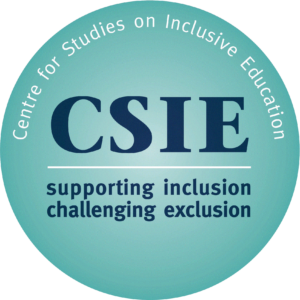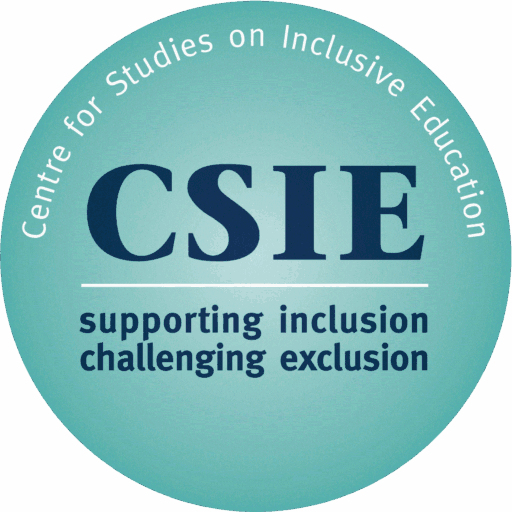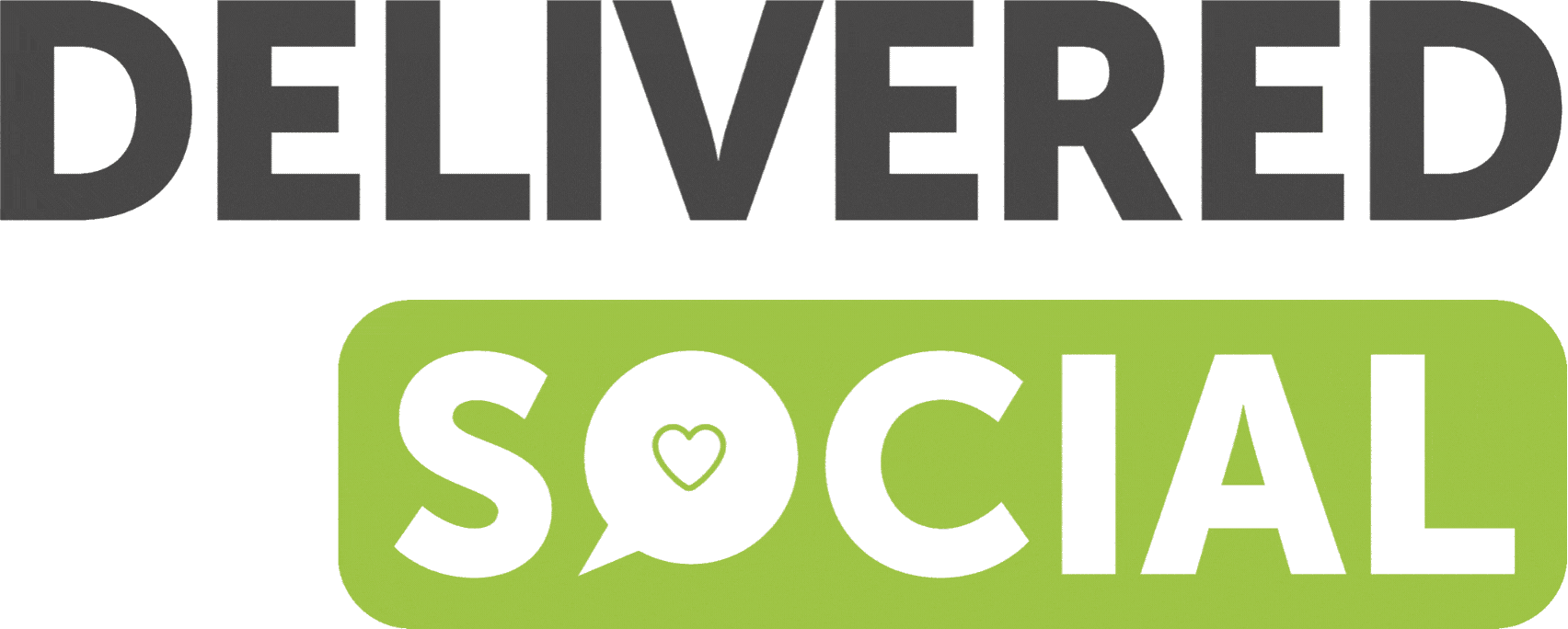November 18, 2021
Today, 18 November, we celebrate the launch of UK Disability History Month (UKDHM). This is an annual campaign which draws attention to disabled people’s lives, the oppression they have faced and their struggles for equality and human rights. By inviting everyone to explore their own assumptions, we are working to raise awareness and challenge stereotypes and discrimination.
This year UK Disability History Month has two themes: Disability and Hidden Impairments; and Disability Relationships and Sex. They both have to do with invisibility and widespread stereotypes which act as barriers to disabled people’s inclusion. People with Hidden Impairments are often not recognised as disabled people; while media and popular culture often portray disabled people as unable to experience emotions and sexuality or to have meaningful and satisfying relationships. CSIE will be marking both these themes throughout the Month, so do follow us on Twitter(please link: https://twitter.com/csie_uk and Facebook (please link to: https://www.facebook.com/csie.uk) and look out for our regular posts on each theme.
We all face barriers to leading fulfilling and satisfying lives, and there should be no hierarchy making some barriers more acceptable than others. For some people the greatest barrier is the lack of reasonable adjustments in response to their impairments. The Equality Act 2010 (please add link to: https://www.legislation.gov.uk/ukpga/2010/15/contents) specifies nine “protected characteristics”, including disability, and states that it is unlawful to treat anyone less favourably because of a protected characteristic, adding that all public service providers must make “reasonable adjustments” in response to people’s impairments. The Act clarifies that a person is considered disabled if they have a physical or mental impairment which has a substantial and long-term adverse effect on their ability to carry out ordinary day-to-day activities.
There are more than 13 million disabled people living in the UK today and most of them have hidden impairments. Hidden impairments covered by the above definition of disability include a range of mental health conditions such as depression, bipolar disorder or psychotic disorders; physical health conditions such as hearing or sight impairments, chronic fatigue syndrome / Myalgic Encephalomyelitis (ME), chronic pain and chronic illnesses such as fibromyalgia, epilepsy, diabetes or kidney failure; and other conditions such as autistic spectrum, dyslexia or dyspraxia.
It is not possible to know what people are experiencing just by observing their appearance and behaviour. Withholding judgement and challenging disablist assumptions are key to enabling more inclusive environments in our schools, workplaces and broader communities. It is important to have open and honest conversations about any hidden impairments people have and about the reasonable adjustments needed in response to them.
We all need to understand disability as an ordinary part of life and work towards a society which acknowledges diversity and habitually makes reasonable adjustments. Acknowledgement and education can go a long way in addressing assumptions about disabled people. For example, many people assume that if a person cannot speak clearly, then they also cannot understand (often assumed about people with cerebral palsy), or that if someone has learning difficulties they do not experience feelings and sexual desires, or do not need strong and meaningful relationships. For impairments which are not visible this is all the more important.
It is easy for anyone to assume that the way they experience the world is the same as everyone else’s. Such assumptions can be strengthened by social conditioning, for example from advertising, literature, schools, films and other tools of enculturation. Widespread stereotypes make it harder to appreciate diversity as a natural expression of our shared humanity and can lead people to believe that “difference” is problematic. Instead, we prefer to say, over and over again, that we are all of equal value by virtue of being human.
It takes time and effort to recognise and reduce the barriers that disabled people face. But if we are committed to disability equality in education, we can all benefit from exploring our own assumptions, in the first place. In schools, colleges and other educational settings we can strive to have open and honest conversations, and to create more respectful and inclusive environments. With this year’s joint themes in mind, we will want to make sure that the Relationships and Sex Education (RSE) curriculum is meaningful and relevant for disabled learners, and that we consider and provide reasonable adjustments for people’s impairments, including hidden impairments.
Our website offers further information(please link to www.csie.org.uk/inclusion/faq.shtml) and resources(please link to www.csie.org.uk/resources/index.shtml) for advancing disability equality in education.


